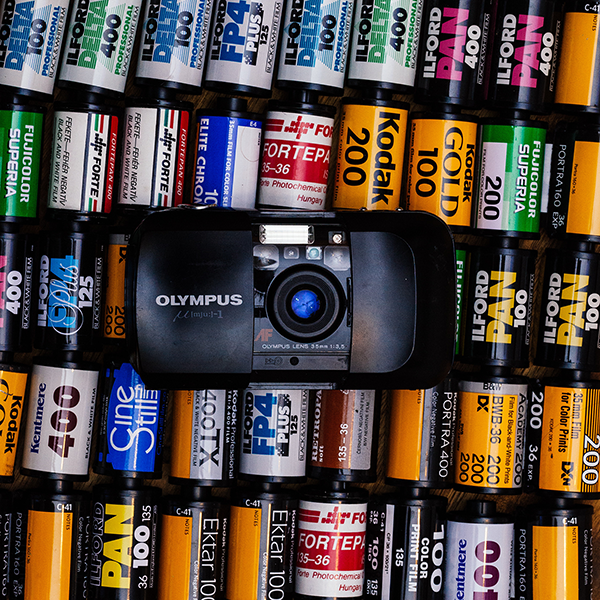9 Week Lessons – Exploring the origins of Photography and Delving into each Art Medium with Photography impact.
Our faculty firmly believes that when learning an art form, one must begin by diving into its history. Not only that, but we recognize the importance of studying the greats who established their names within the field. As this is a theoretical course, you will begin to realize that learning the history, people, ideas, and techniques will only enhance you as a photographer and expand your capabilities. As a creative school specializing in design and photography, it is our obligation to provide you with a profound understanding of photography as an art form as we stand on the shoulders of giants.
- The story of photography
- Camera Obscura/ invention of photographic processes/ Accessibility of Photography to masses ( KODAK (‘you press the button, we do the rest’/ ‘kodak moment’)
- Timeline:
- 1816 Niepce invents process of heliography.
- 1826/7 Niepce takes first photograph (view out of window)
- 1839 Daguerreotype process announced
- 1841 William Fox Talbot patents calotype process, images from negatives
- 1851 Wet collodion process by Frederic Scott Archer
- 1853 crimean war becomes first war being captured in photographs
- 1854 Andre Adolphe Eugene Disderi cartes de visite, photographic portraits become more affordable
- 1870s photography increasingly used in medicine and social sciences
- 1888-90 Kodak introduces first roll film camera
- 1895 Lumiere Brothers first motion picture
- 1905 Lumiere Brothers market first viable colour film
- 1924 Leica announces first 35mm camera, widely used for photojournalism
- 1935 Walter Benjamin ‘the work of art in the age of mechanical reproducibility’
- 1935 Kodak introduces colour slide film
- 1942 Kodak introduces first colour negative film
- Early Pioneers:
- Niepce/ Daguerre/ Lumier Brothers for inventing processes
- William Henry Fox Talbot (1800-1877, English)
- Julia Margaret Cameron (1815-1879 British)
- Eadweard Muybridge (1830-1905 British/ US)
- Key Text to possibly discuss: Walter Benjamin, The artwork in the era of technical reproducibility
- Important photographers ( key photographers and what made them great)
- Henry Cartier Bresson: Decisive moment/ magnum
- Edward Steichen: Moma/ Conde Nast / Family of Men Exhibition
- Man Ray: Dada, more generally art photography/ rayographs
- Anne Leibovitz: all round photographer/ Susan sontag/ rolling stone mag/
- More photographer’s based on Genres for more discussion.
- Portrait:
- August Sander
- Richard Avedon
- Erwin Blumenfeld
- David Bailey
- Fashion/
- Helmut Newton
- Jürgen Teller
- Mario Testino
- Sarah Moon
- Ellen von Unwerth
- Photojournalism:
- Robert Capa
- Steven McCurry
- Dorothea Lange
- Lee Miller
- Kevin Carter
- Documentary:
- Larry Clark
- Nan Goldin
- Diane Arbus
- Mary Ellen Mark
- Olivia Arthur
- Fine Art:
- Cindy Sharman
- Jeff Wall
- Wolfgang Tillmans
- Francesca Woodman
- Andreas Gursky
- Photography and social causes (photos that made a difference)
- Paul Strand Blind Beggar, 1916
- ((Henry Cartier Bresson Man jumping puddle (decisive moment), 1932))
- Eddie Adams Saigon Execution, 1968
- Nik Ut the terror of war/ Napalm girl, 1972
- Alberto Korda Che Portrait, 1960
- Dorothea Lange Migrant Mother, 1936
- Robert Capa Falling Soldier, 1936
- ((Harold Edgerton Milk drop, 1957))
- Kevin Carter’s Child and Vulture (controversies around photojournalism and ethics), 1993
- Abu Ghraib Pictures (?)
- Key Texts by Susan Sontag/ Against interpretation/ regarding the torture of others
Course Content
About Instructor

Login
Accessing this course requires a login, please enter your credentials below!


